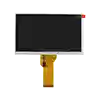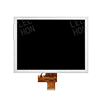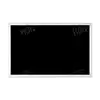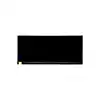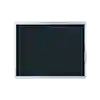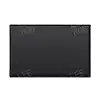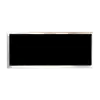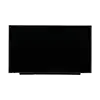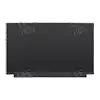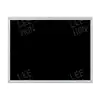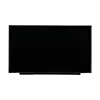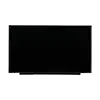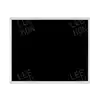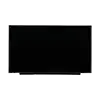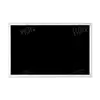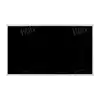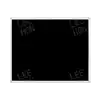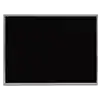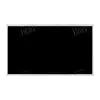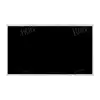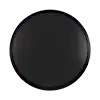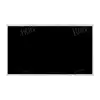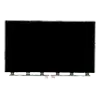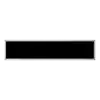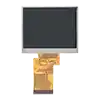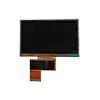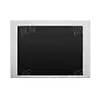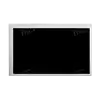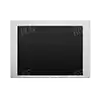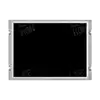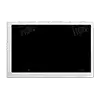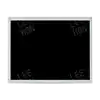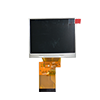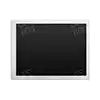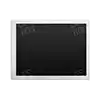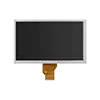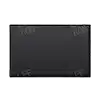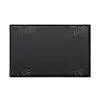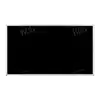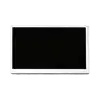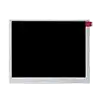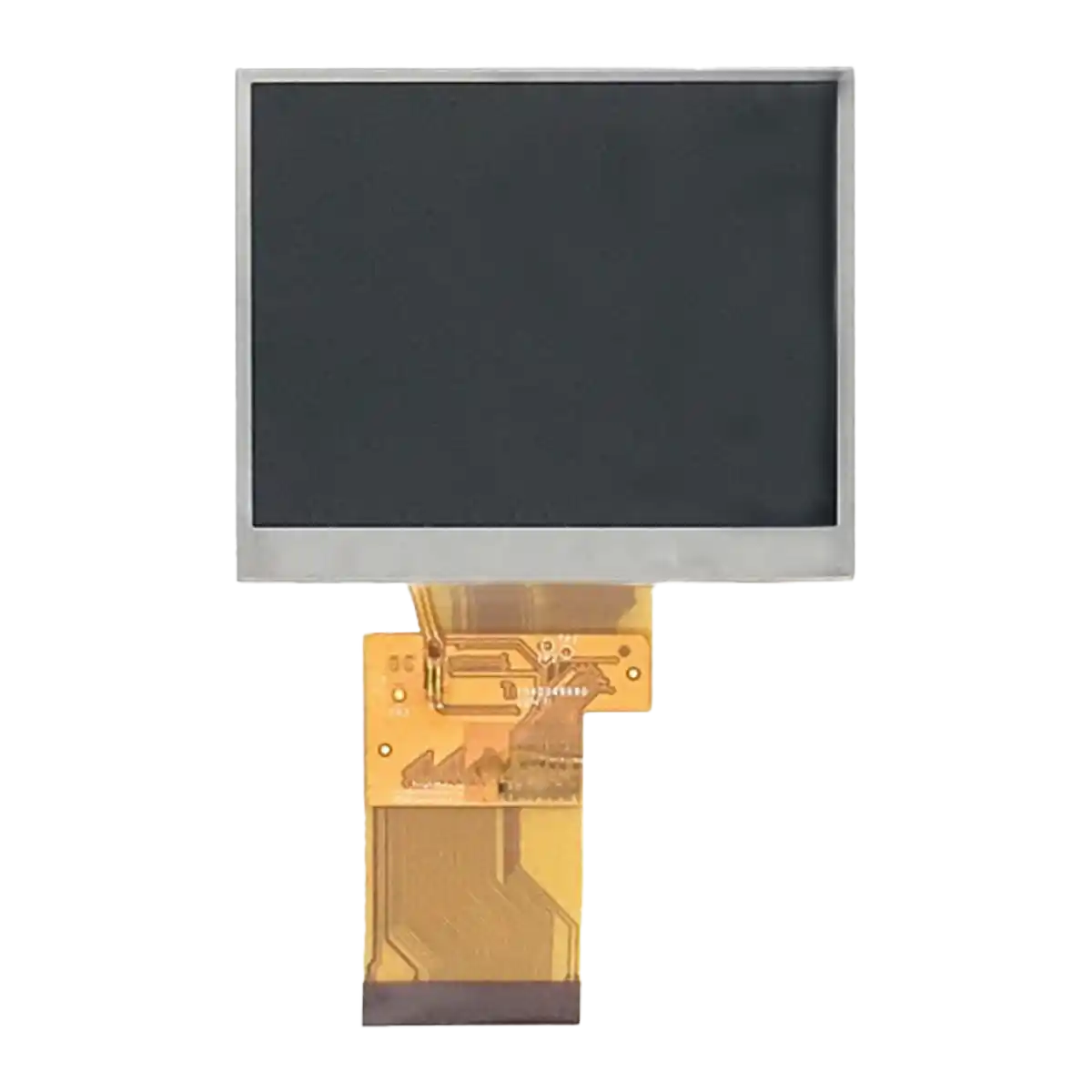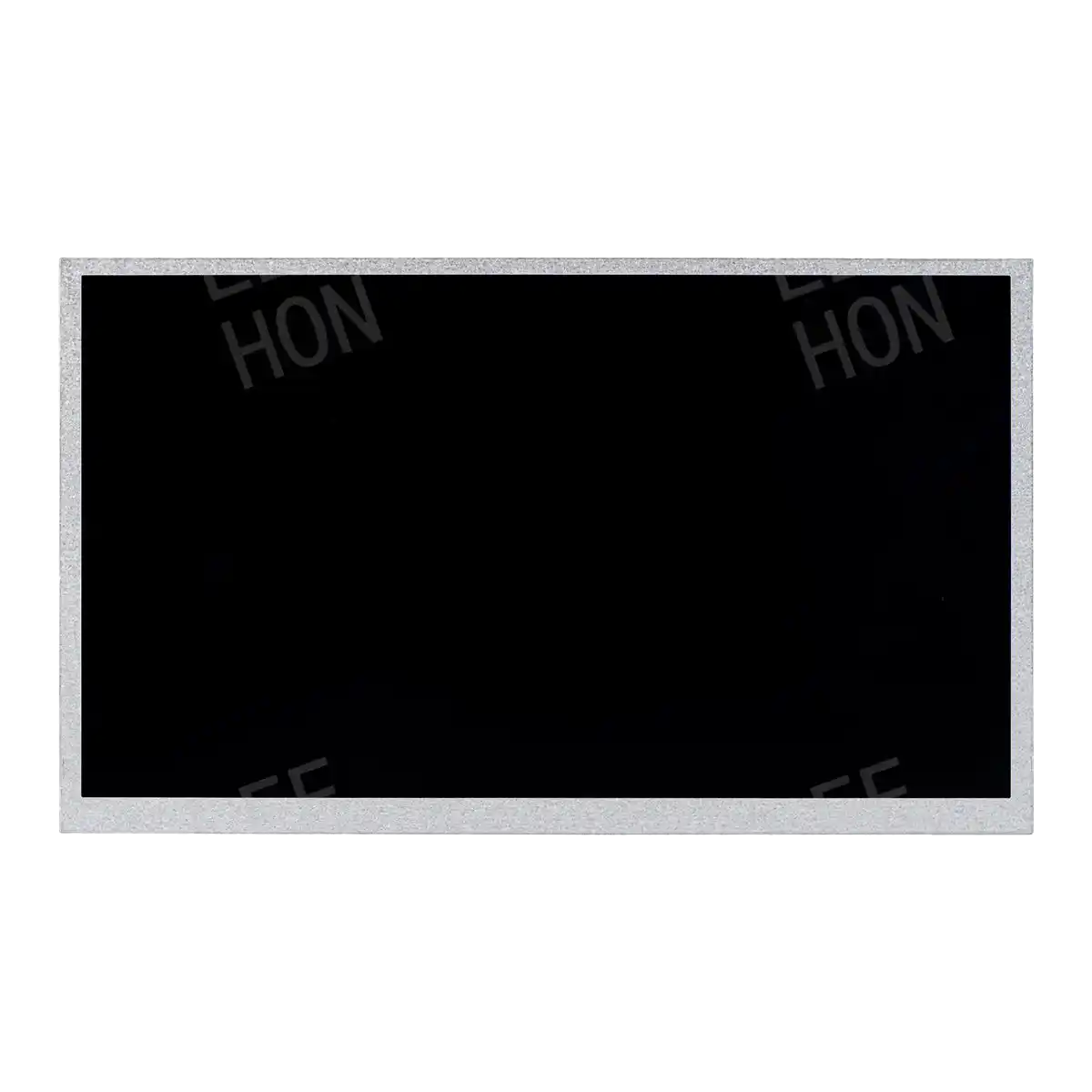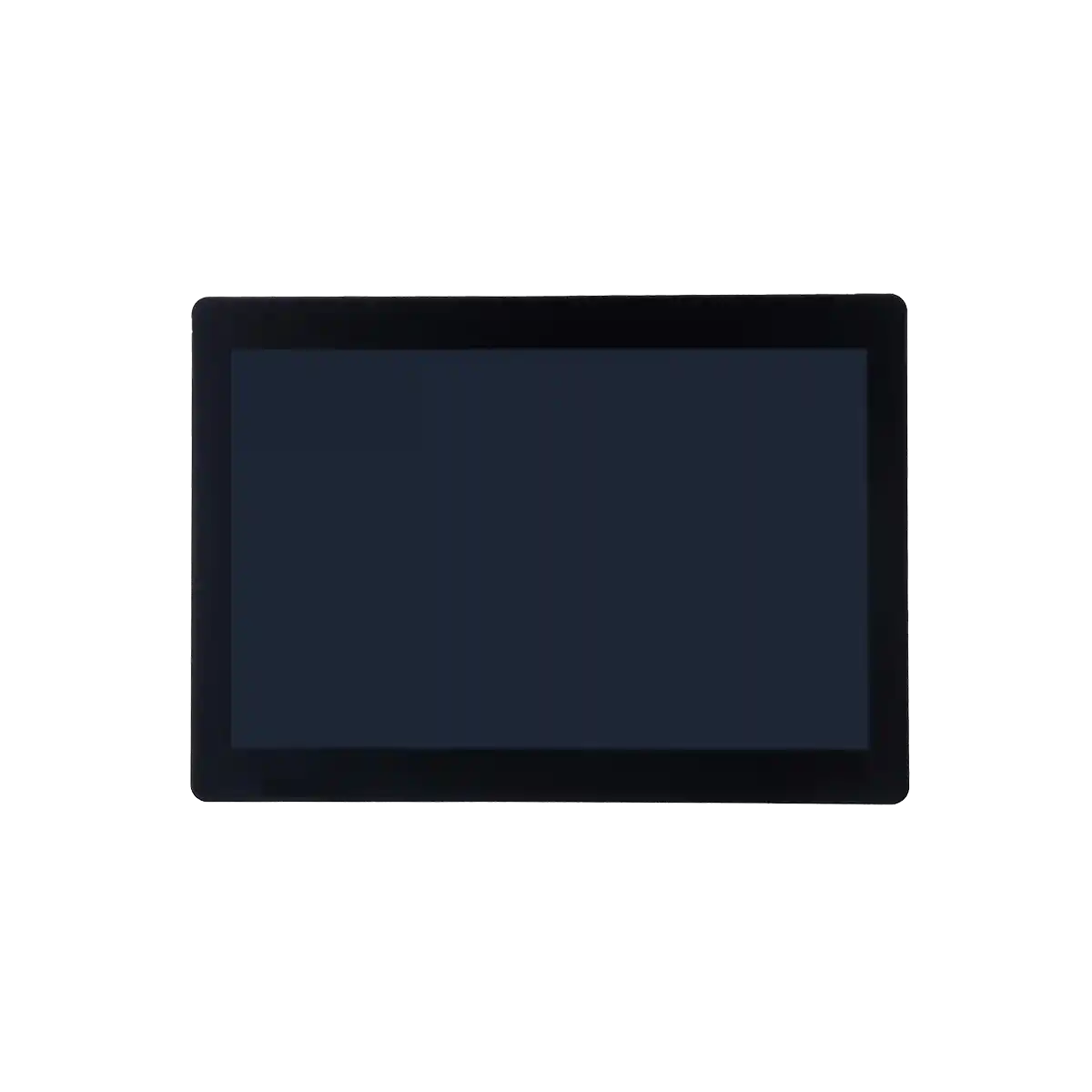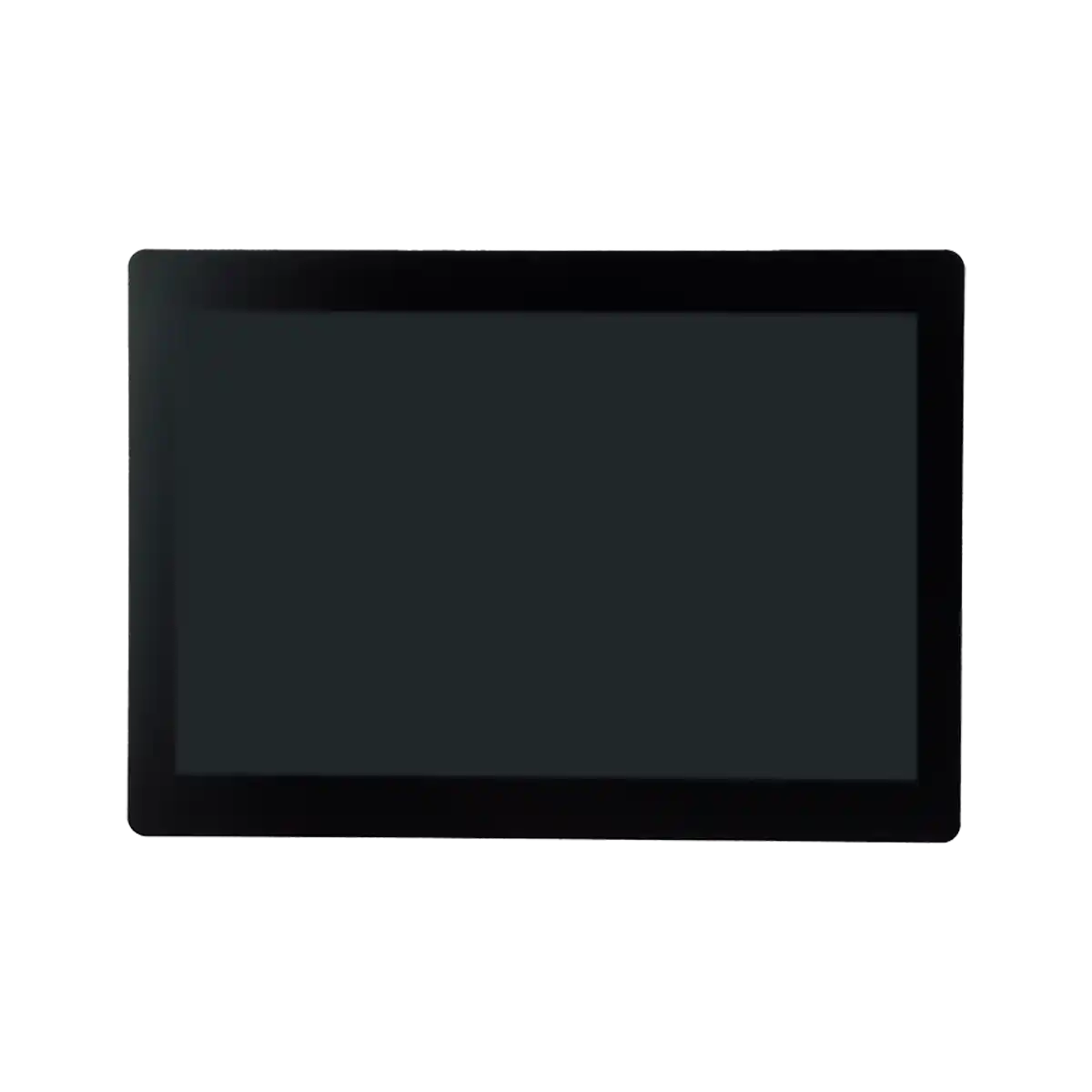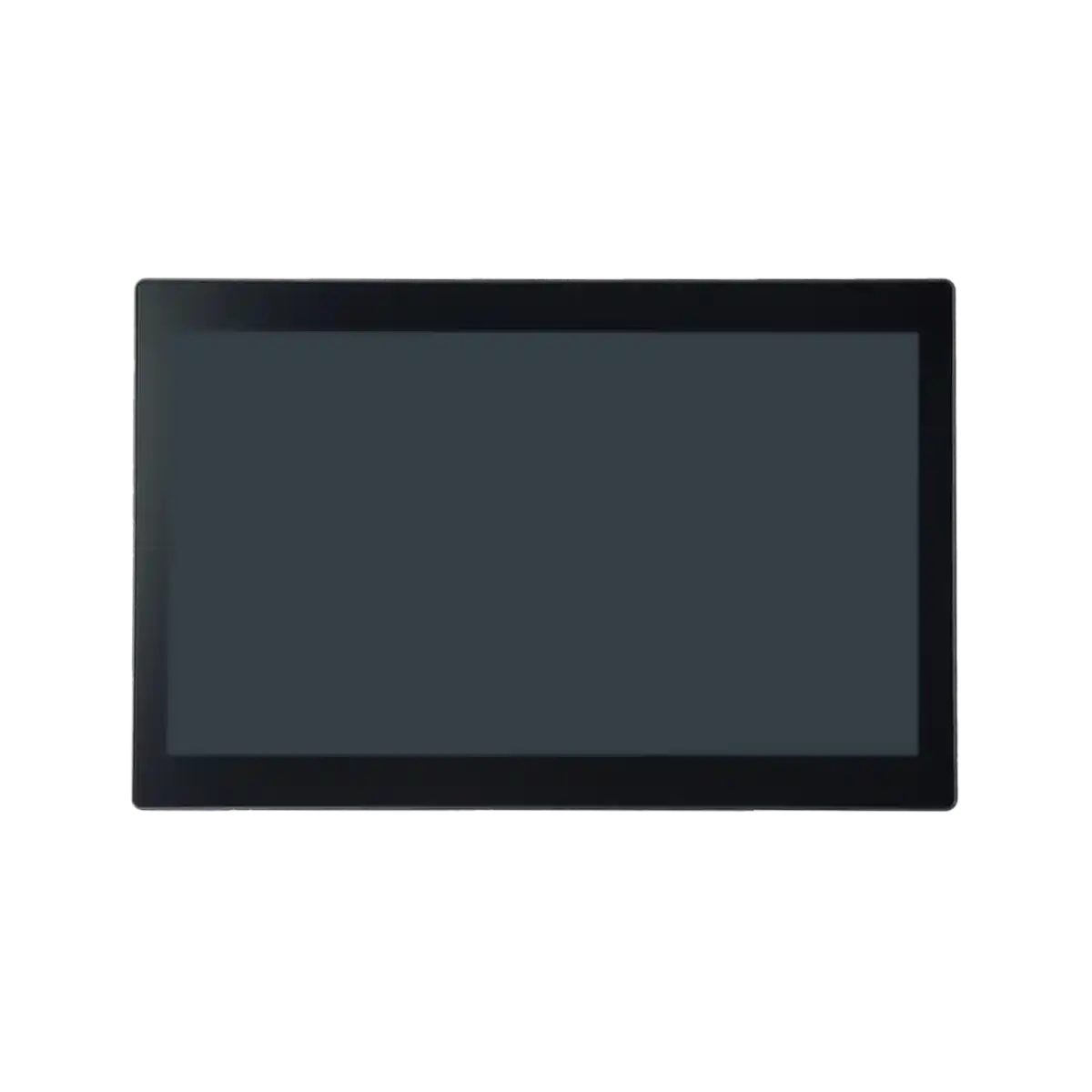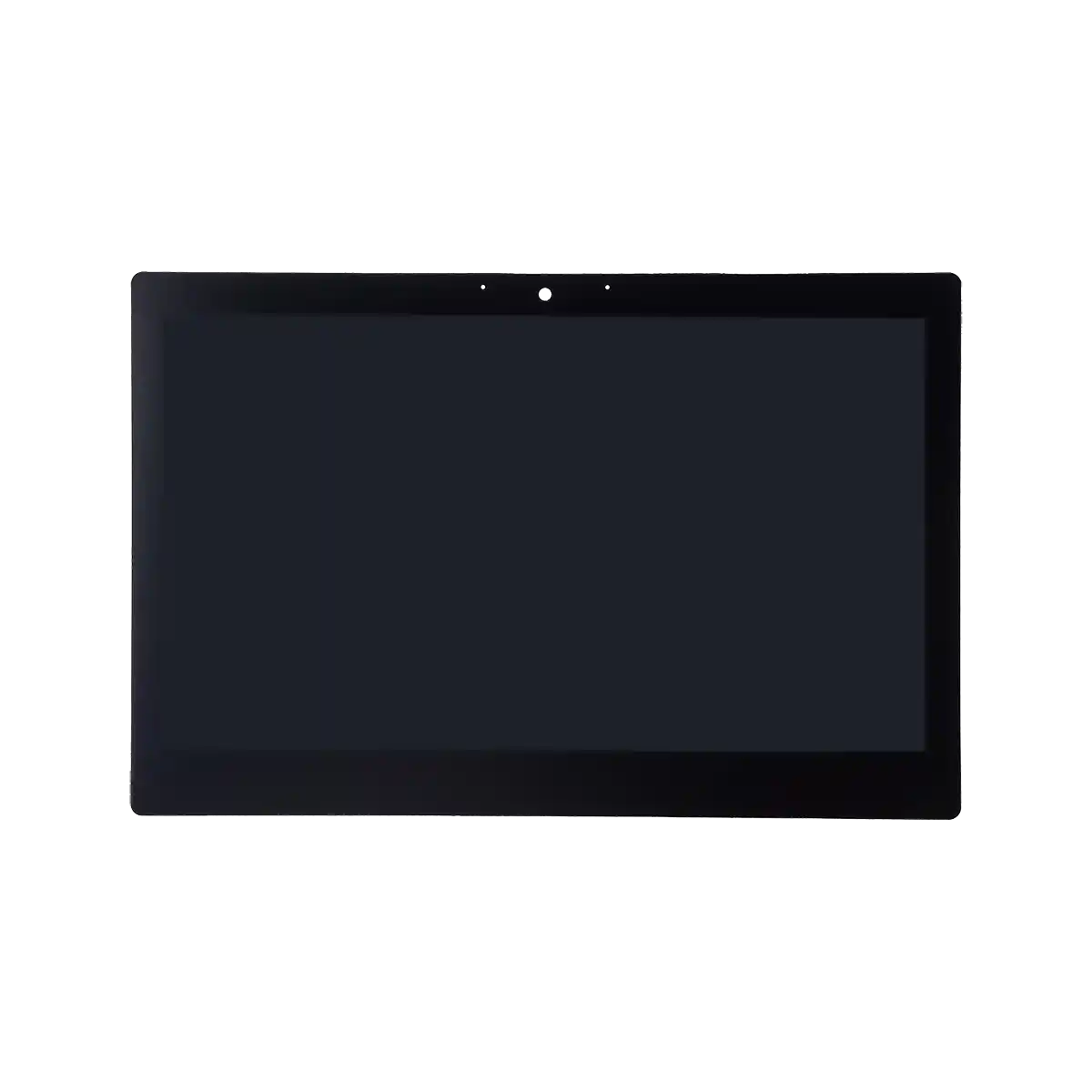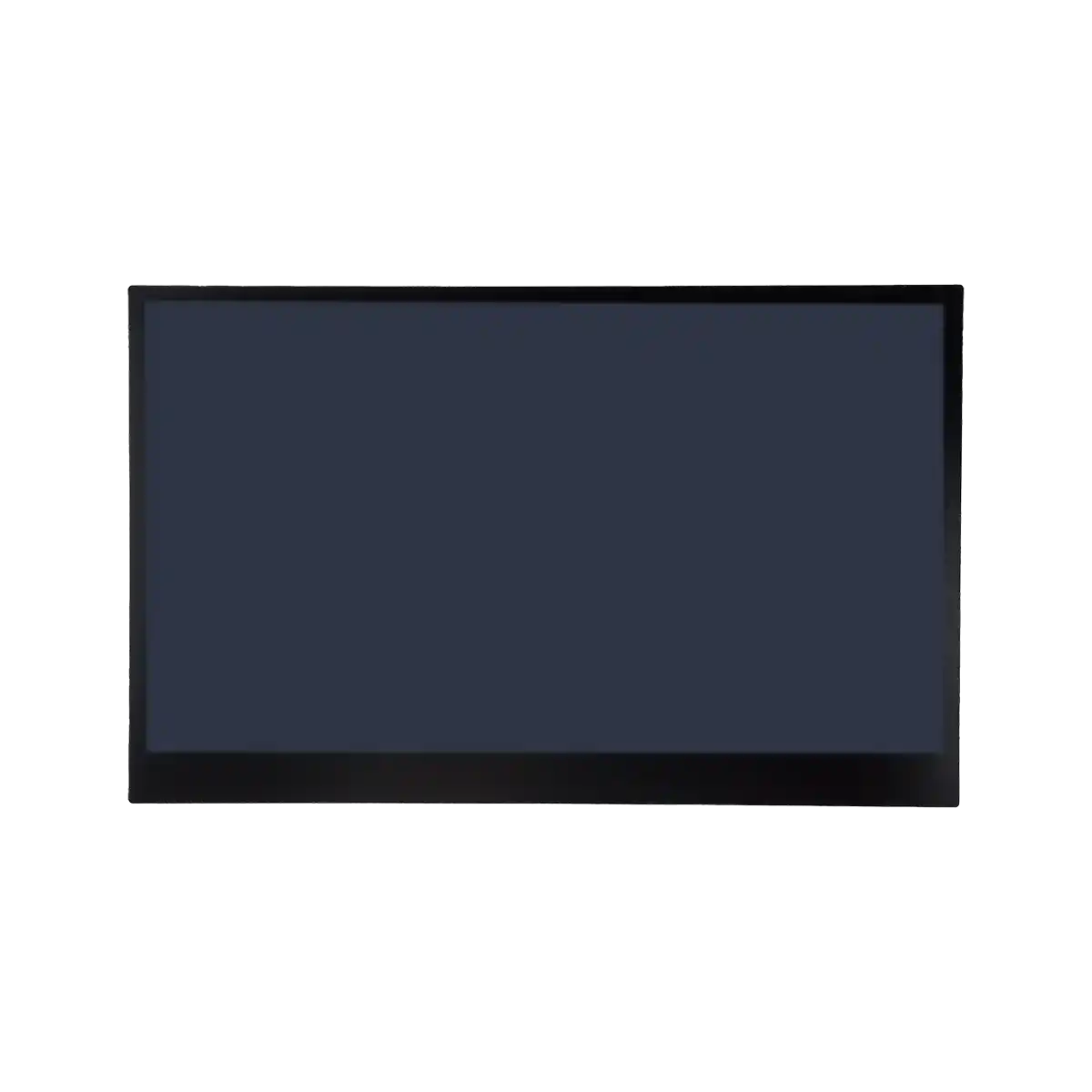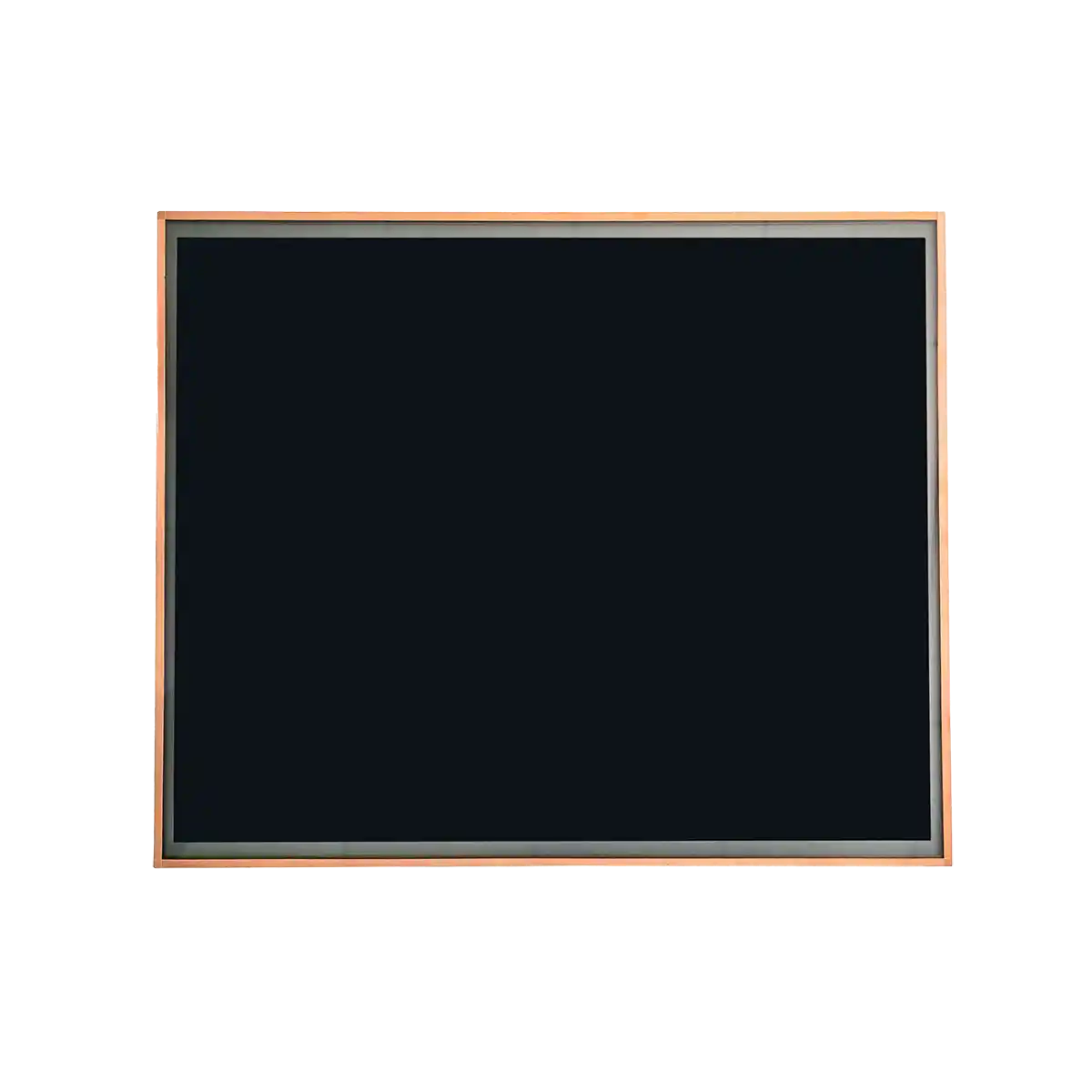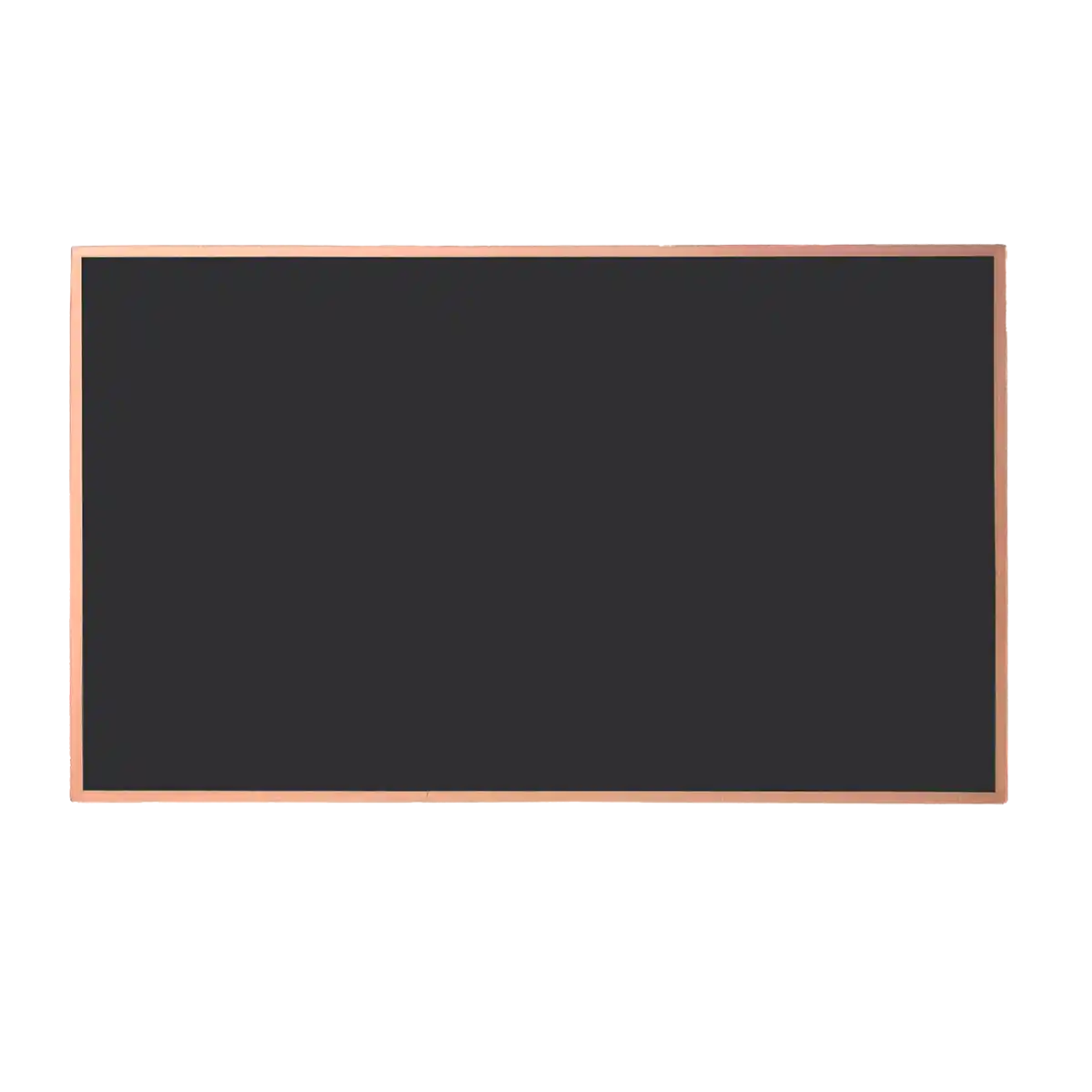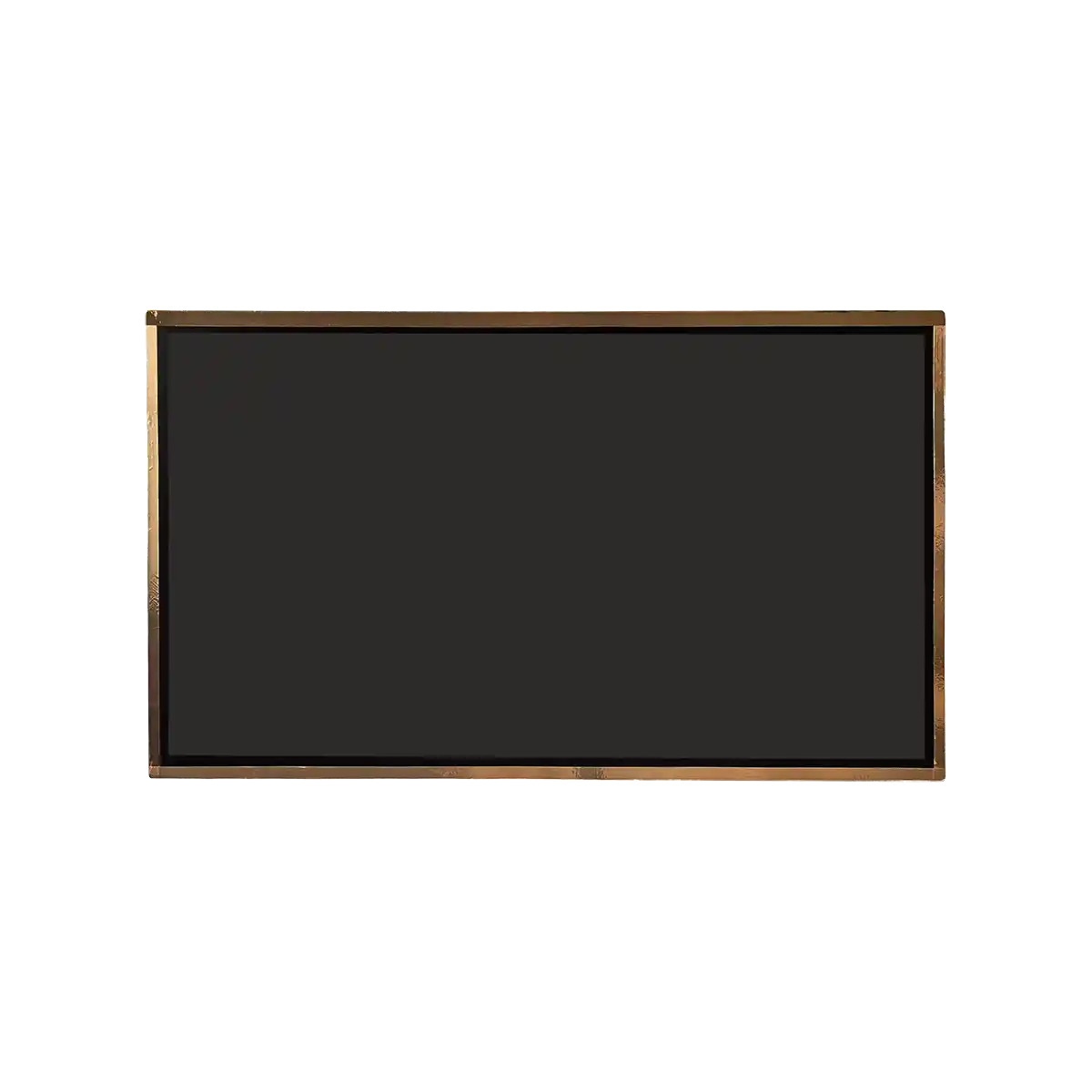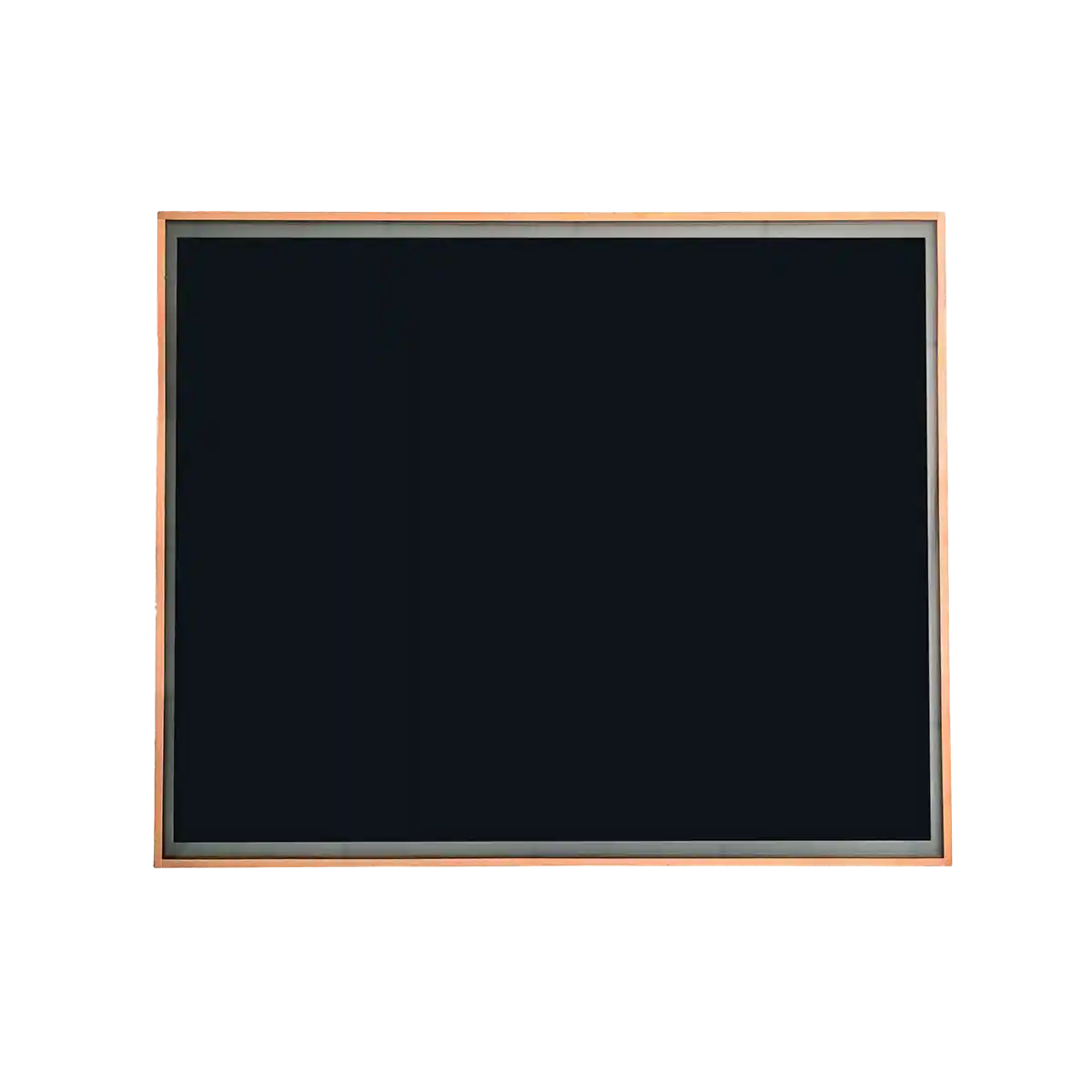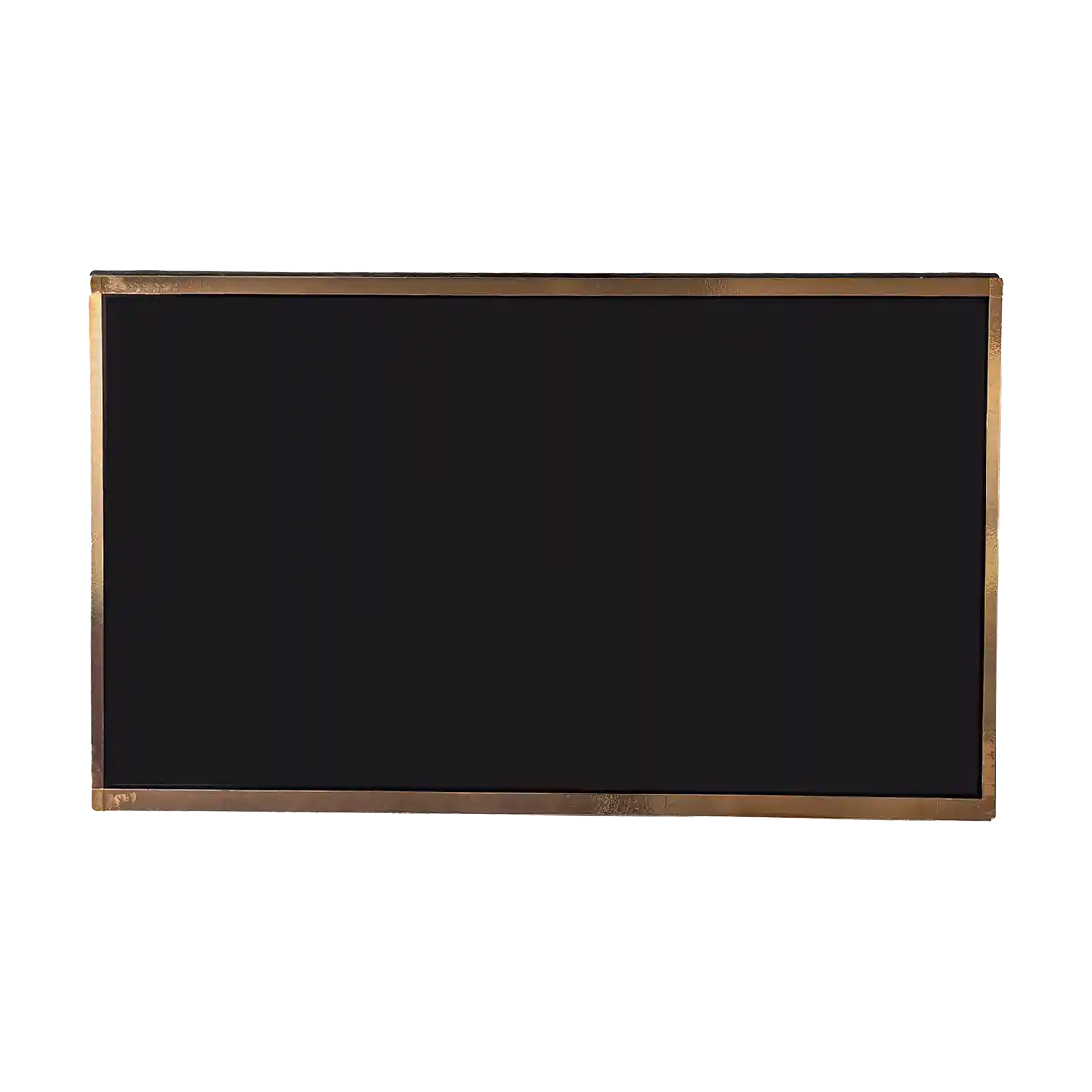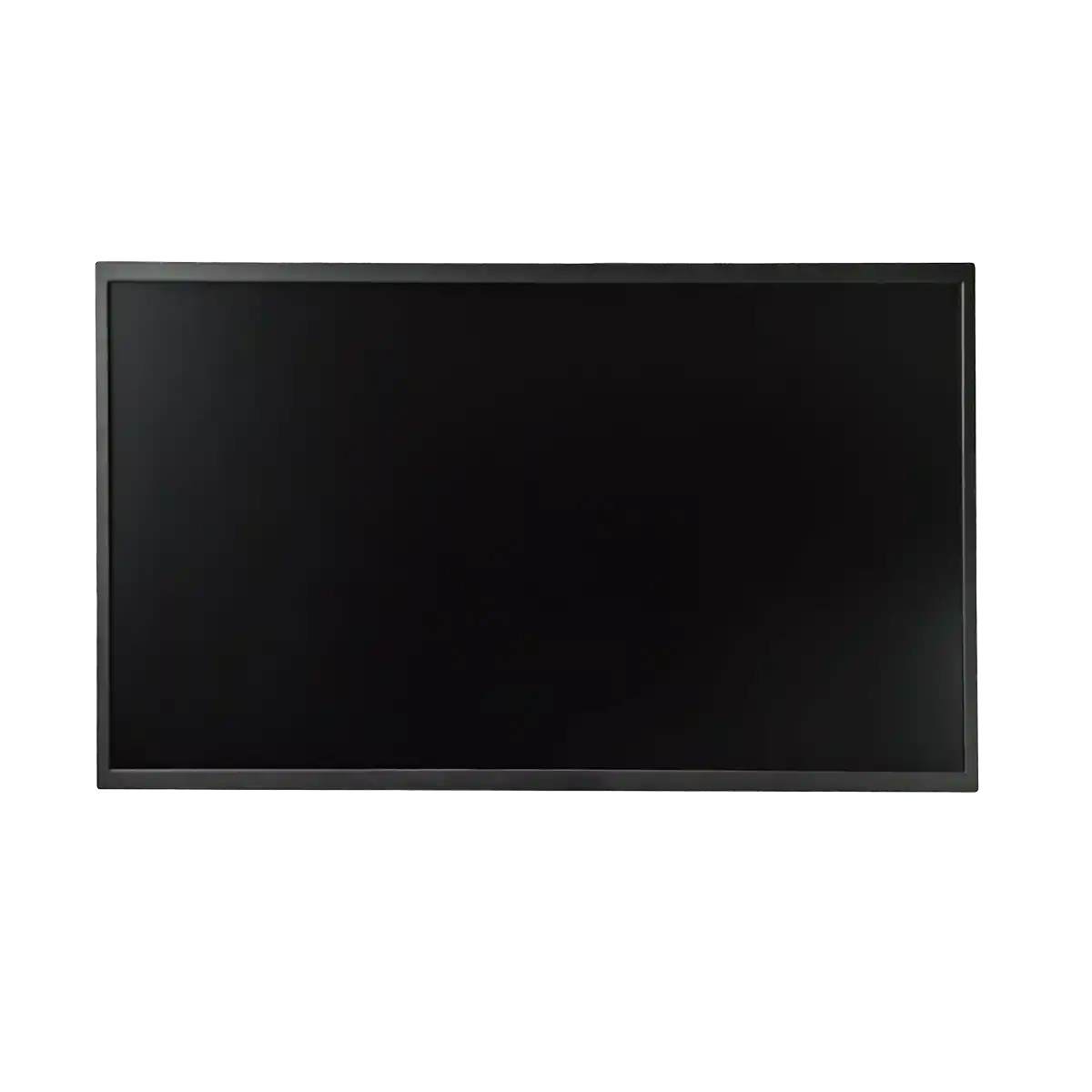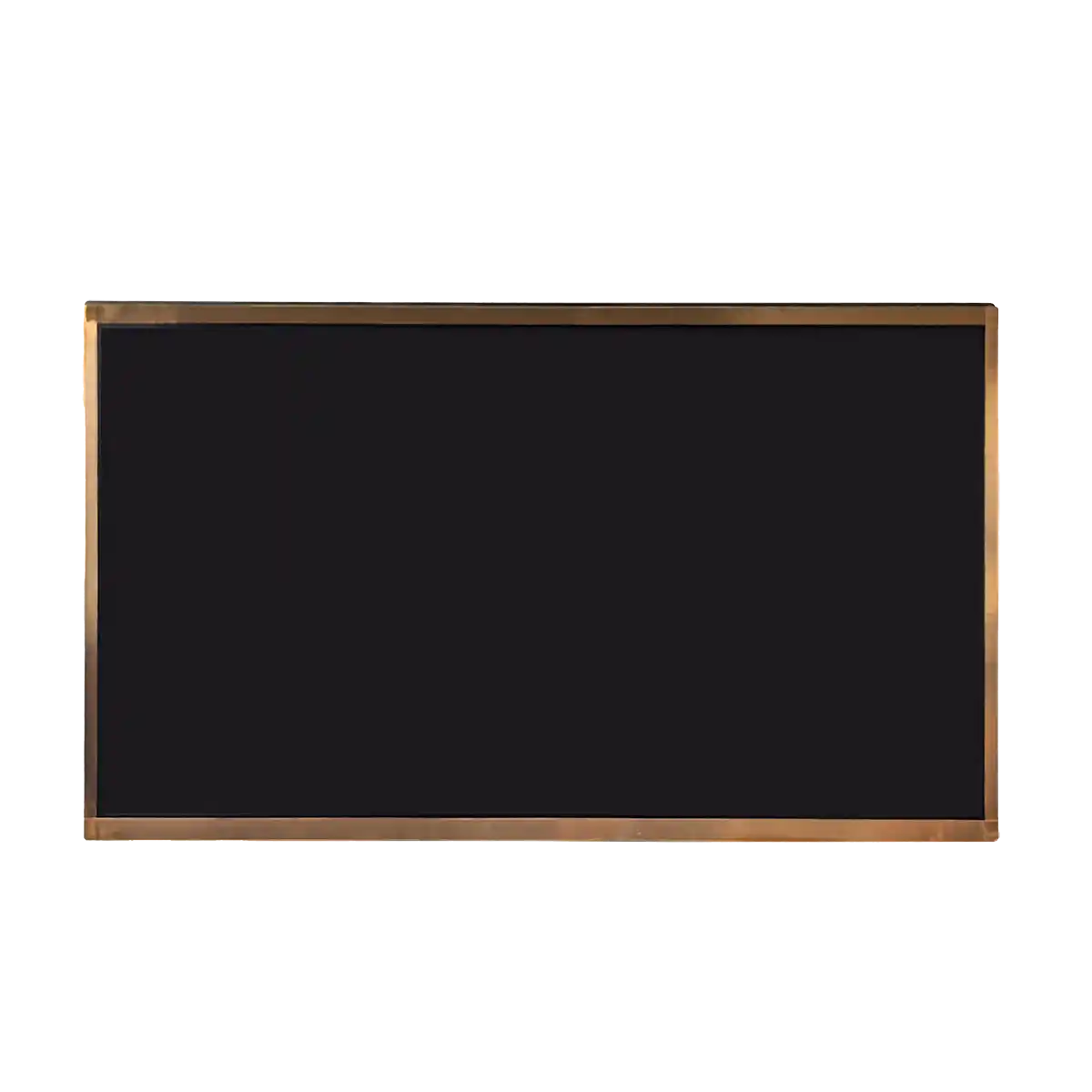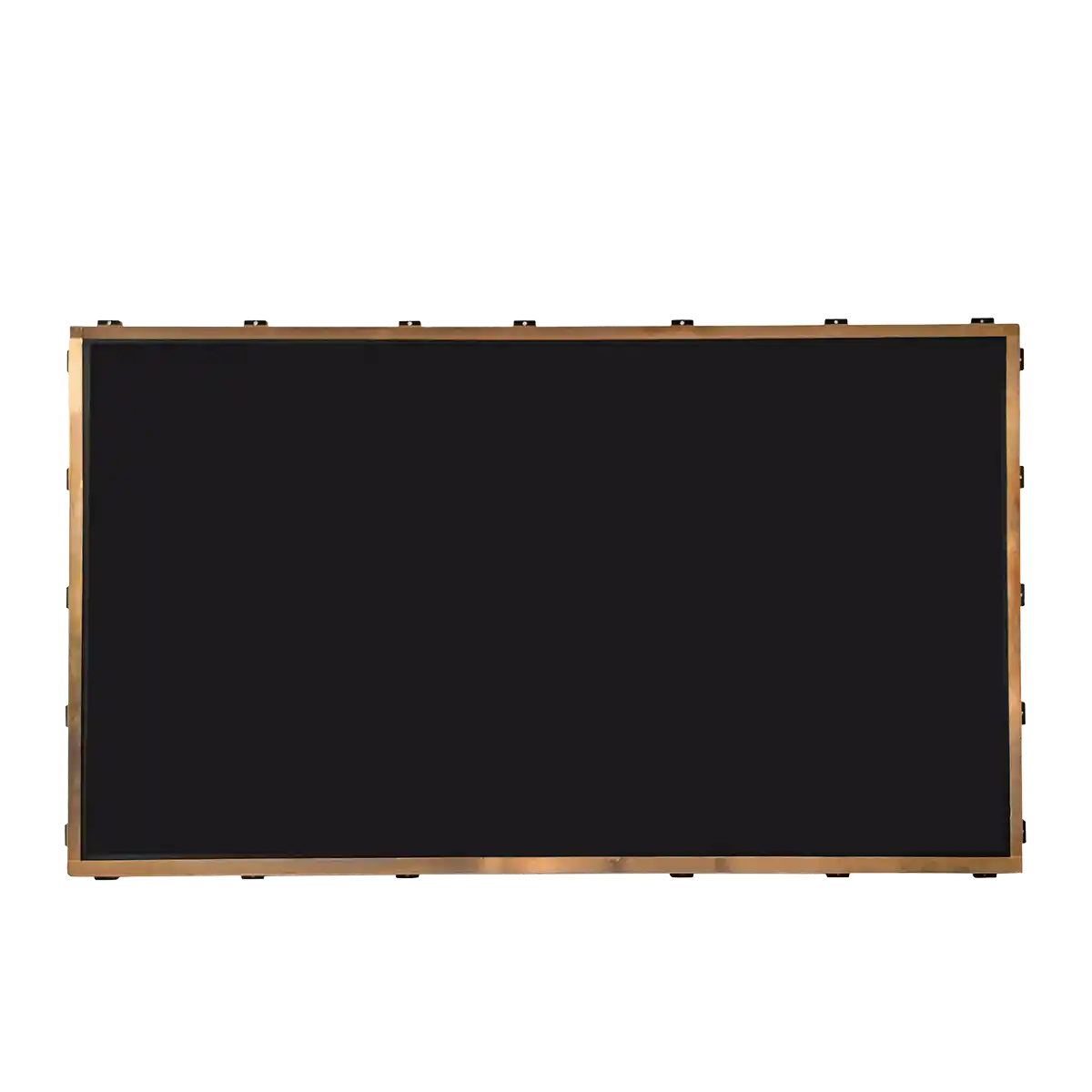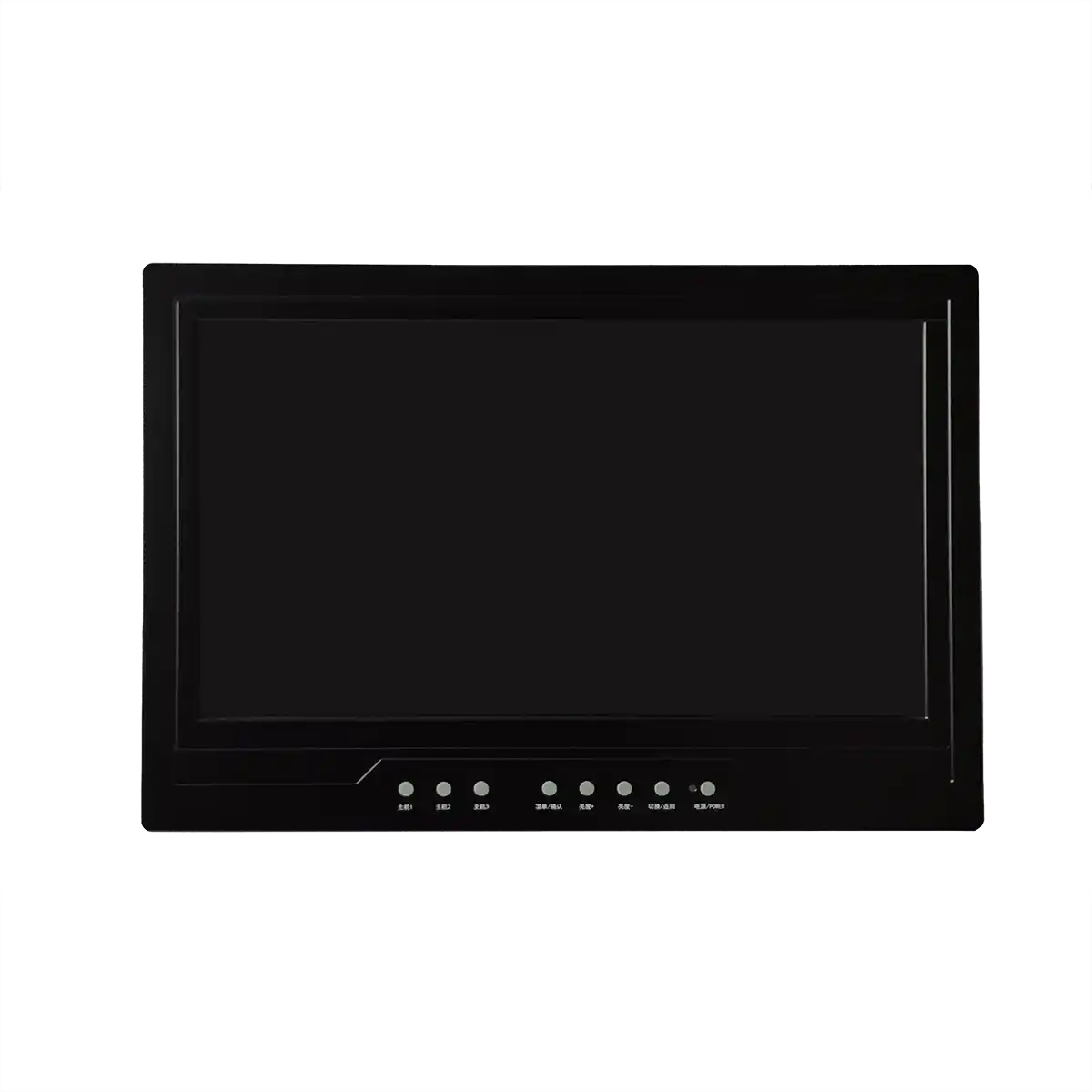The Role of Industrial LCD Screens in Smart Factory Automation
Introduction
The advent of the smart factory era has revolutionized the way industries operate, with automation at its core. Central to this transformation are Industrial LCD Screens, which serve as the visual interface for monitoring and controlling automated systems. These screens are not merely display devices; they are critical components that enhance the efficiency, reliability, and safety of smart factory operations. This article explores the pivotal role of Industrial LCD Screens in smart factory automation, examining their features, applications, and the technological advancements that have made them indispensable in modern industrial settings.

Body
1. The Importance of Industrial LCD Screens in Automation
Industrial LCD Screens are designed to meet the stringent requirements of industrial environments, where they must operate reliably under various conditions such as extreme temperatures, vibrations, and exposure to dust and moisture. These screens are characterized by high brightness, contrast ratios, and durability, ensuring clear visibility and long-term performance. They are essential for displaying real-time data, monitoring equipment status, and providing user interfaces for machine control systems.
2. Integration with Industrial Automation Systems
The integration of Industrial LCD Screens with industrial automation systems involves the use of Human-Machine Interface (HMI) software, which allows operators to interact with the automated processes. HMI software enables the creation of custom interfaces that display relevant information in an intuitive manner, facilitating easier management of the manufacturing process. Integration also extends to Supervisory Control and Data Acquisition (SCADA) systems, which provide a higher level of control and monitoring over industrial processes.
3. Advanced Features of Industrial LCD Screens
Several advanced features have been incorporated into Industrial LCD Screens to enhance their functionality in smart factory automation. These include touch screen capabilities, which allow for direct interaction with the displayed information, and multi-touch gestures that mimic the use of a smartphone or tablet. Additionally, some screens support sunlight readability, ensuring visibility even in bright outdoor conditions. Other features include resistance to electromagnetic interference and the ability to withstand physical impacts, making them suitable for harsh industrial environments.
4. The Impact of Industrial LCD Screens on Productivity and Safety
The use of Industrial LCD Screens in smart factory automation has a profound impact on productivity and safety. By providing clear and real-time information, these screens enable quicker decision-making and response to process anomalies. They also contribute to a safer working environment by reducing the need for manual interventions in potentially hazardous areas. Furthermore, the screens can be used for training purposes, displaying instructions and safety protocols to operators.
Conclusion
Industrial LCD Screens play a vital role in the automation of smart factories, acting as the visual backbone for monitoring and controlling complex systems. Their advanced features, such as touch screen capabilities and sunlight readability, combined with robust integration with automation software, make them indispensable tools for modern industrial operations. As technology continues to evolve, the capabilities of Industrial LCD Screens are expected to expand, further enhancing the efficiency and safety of smart factories.
Further Exploration
For a deeper understanding of the subject, one could investigate case studies of specific industries that have successfully implemented Industrial LCD Screens in their smart factory automation processes. Additionally, exploring the future trends in display technology, such as flexible and curved screens, augmented reality integration, and the use of artificial intelligence for predictive maintenance, could provide insights into the next generation of Industrial LCD Screens and their role in smart factory automation.
Glossary of Terms
- Smart Factory: A modern manufacturing facility that utilizes advanced automation technologies, data exchange, and digital networks to increase efficiency and productivity.
- Industrial LCD Screens: High-performance liquid crystal display panels designed for industrial applications, characterized by durability, high brightness, and resistance to environmental factors.
- Human-Machine Interface (HMI): Software that allows operators to interact with machines or automated systems, providing a graphical user interface for control and monitoring.
- Supervisory Control and Data Acquisition (SCADA): A system used in industrial processes for monitoring and control, typically in applications such as manufacturing, production, and power generation.
- Touch Screen: A display device that allows the user to interact with the displayed information by touching the screen with a finger or stylus.
- Sunlight Readability: The ability of a display to remain visible and legible under direct sunlight, a feature important for outdoor industrial applications.
- Electromagnetic Interference (EMI): Disturbances or noise in electrical circuits caused by electromagnetic radiation from an external source.
- Productivity: The efficiency of production, typically measured as the rate of output per unit of input.
- Safety: The condition of being protected from harm or other non-desirable outcomes.
This article has provided an in-depth look at the significance of Industrial LCD Screens in the context of smart factory automation, highlighting their capabilities and the benefits they bring to modern manufacturing processes. As the industry progresses, the role of these screens is set to become even more integral to the success of automated industrial operations.
Recommended Articles
-
Are the displays in Tesla's Cyb
2024-12-10 -
Interpretation Report on AUO's
2024-12-05 -
ADS Pro: The Future of Display
2024-12-04 -
The Trajectory of South Korea's
2024-12-04 -
Practical Applications of Indus
2024-09-26 -
Hangzhou LEEHON Technology supp
2024-09-14 -
How to Check for Issues in Indu
2024-09-11 -
How does an LCD screen find ind
2024-09-11 -
What is the difference between
2024-09-11 -
In-depth analysis of the develo
2024-09-10

